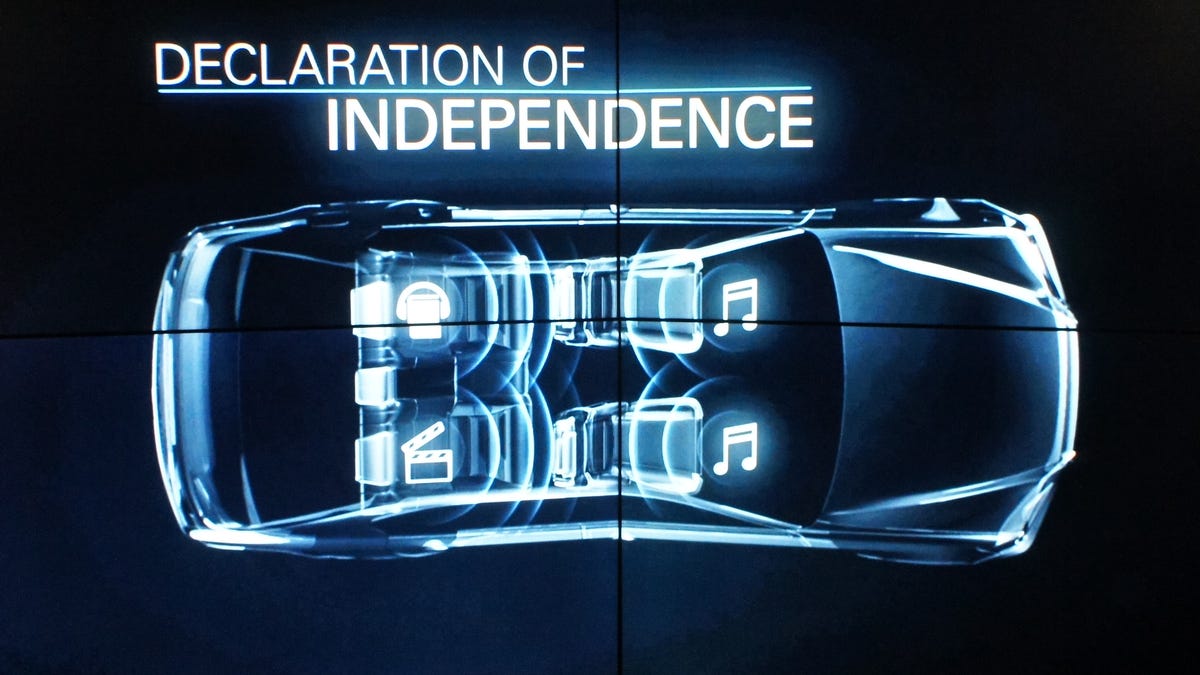Harman creates personal audio zones for your car
Recognizing the many noise sources in a modern car, Harman International introduces a system that can isolate sound from seat to seat.

LAS VEGAS -- Sounds from many sources fill the modern car cabin, from entertainment to hands-free phone calls to navigation instructions. Harman International's Independent Sound Zones (ISZ) technology isolates the audio for each seat, so rear-seat passengers can watch a movie with little bleed-over to the front seats, where the driver might be listening to music. The technology is a little like current multizone climate control, which lets car passengers set different temperatures for their seats.
During CES 2015, Harman showed me the technology built into a Lexus GS sedan. I sat in the right rear seat while the demonstrator tuned into a baseball game, the sound reaching all seats. He then set a movie playing on my rear-seat entertainment system, and used ISZ to send the movie audio to my seat, muting the baseball game. It worked impressively well, as I could hear the movie audio clearly and focus on it, while the game audio, heard clearly by the other passengers in the car, was only light background noise for me.
Similarly, the demonstrator simulated a call coming in through the hands-free phone system. He answered it with the sound isolated to the front seat, while I listened to a music track. Again, there was very little bleed-over between the seats from the separate audio sources. The demonstrator was able to send the phone audio back to me, letting me carry on a conversation while the other car passengers continued to listen to music. Similarly, route guidance audio prompts from the navigation system can be focused on the driver seat, so they don't interfere with the other passengers' listening experience.
While impressive, I did notice that the audio for my seat seemed to emanate from behind my head. That runs counter to how top audio systems stage music in front of you, simulating the experience of a live concert.
The ISZ system used this Lexus' production audio system, enhanced with dual speakers in each headrest and another four flat speakers concealed in the headliner. Harman's digital signal processing technology lets the system focus particular audio channels on each seat.
ISZ seems like a very promising technology for future luxury cars. A Harman spokesperson said this feature could be available for 2019 model year cars, due to automakers' long development times.

